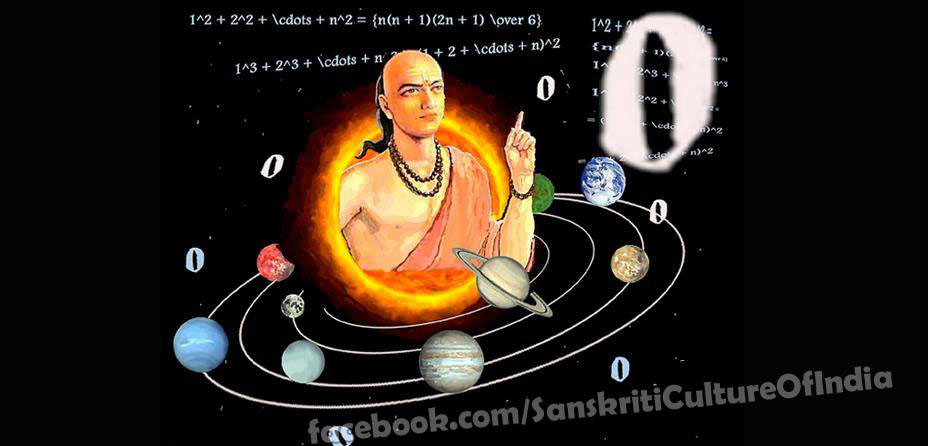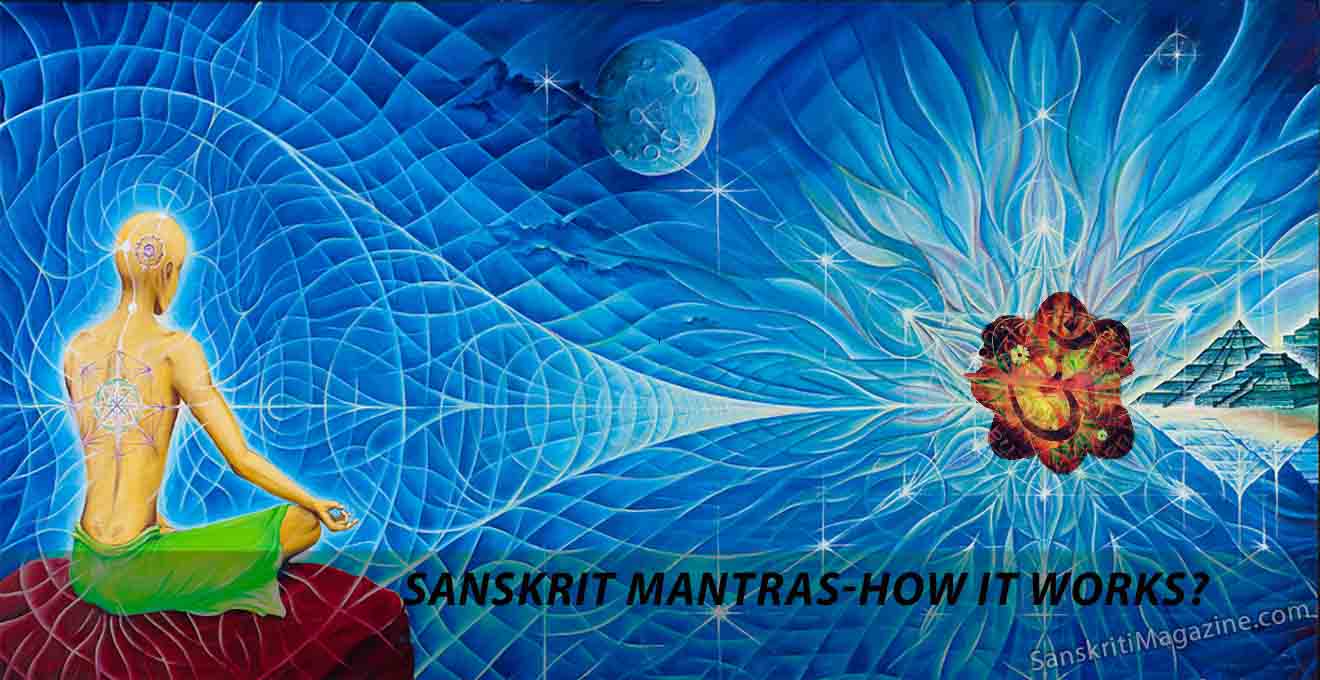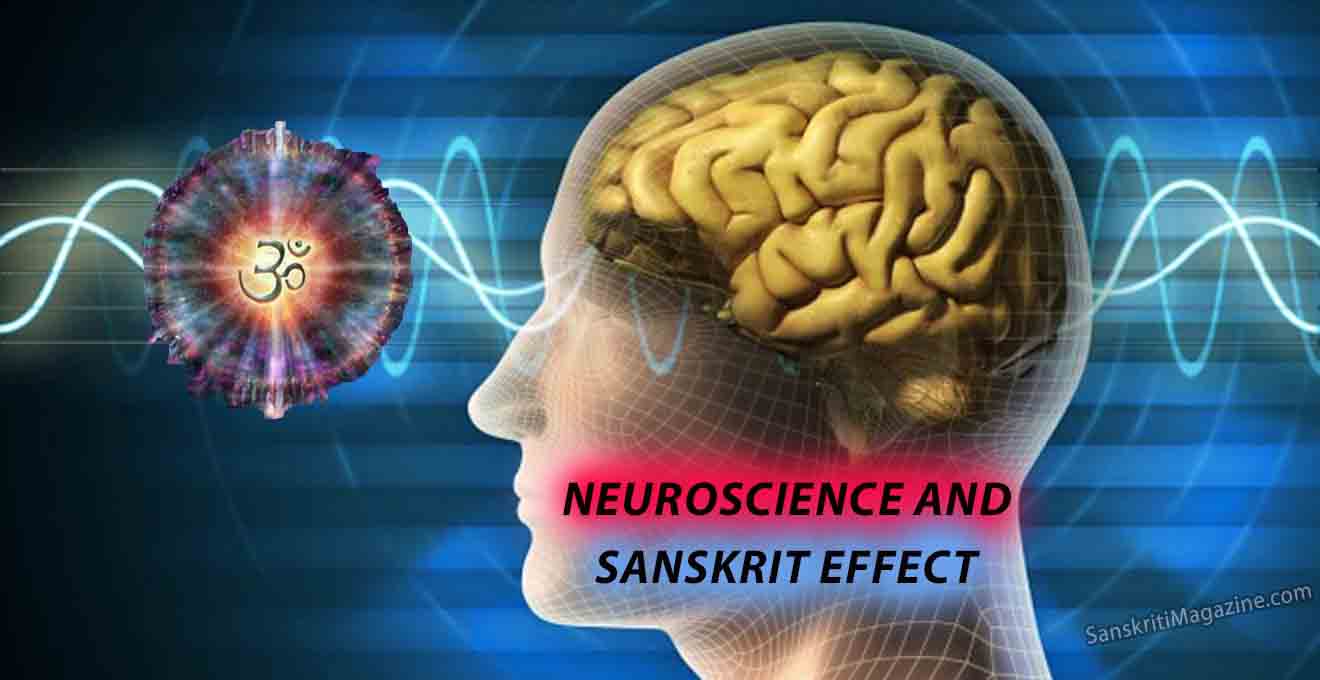Aryabhatta was the first great astronomer of classical age of India. Born in 476AD, his place of birth has been disputed between Kerala in South India and Patliputra, that has been identified with modern Patna in Bihar.
He studied at the famous Nalanda University that accommodated over 10,000 students and 2,000 teachers. One of his major works, Aryabhatta-siddhanta, also famously known as Aryabhatiya was written in 499 AD which covered astronomical and mathematical theories.
He flourished in Kusumapura near Patalipurta (Patna), then the capital of the Gupta dynasty.
Aryabhatasiddhanta circulated mainly in the northwest of India and, through the Sāsānian dynasty (224–651) of Iran, had a profound influence on the development of Islamic astronomy.
Following are some of his achievements:
- Contributed to the discovery of “0”
- Earth’s spin on its axis
- Periods of the planets with respect to the Sun, including their elliptical orbits
- Cause of Solar and Lunar eclipses
- Valued the length of the year at 365 days, 6 hours, 12 minutes and 30 seconds
Gave approximation for Pi:
- Add 4 to 100, multiply by 8
- add 62,000 then divide by 20,000
- giving a result of 3.1416
- Covers arithmetic, algebra, plane trigonometry and spherical trigonometry, fractions etc.
- First astronomer to make an attempt at measuring the Earth’s circumference, accurately calculating it as 24,835 miles (current value is 24,902 miles)
This remarkable man was a genius and continues to baffle many mathematicians of today. His work was translated into Latin and later adopted by the Greeks and then the Arabs.
The Indian government named its first satellite Aryabhata (launched 1975) in his honour.
Bhaskara I who wrote a commentary on the Aryabhatiya about 100 years later wrote of Aryabhatta:-
“Aryabhatta is the master who, after reaching the furthest shores and plumbing the inmost depths of the sea of ultimate knowledge of mathematics, kinematics and spherics, handed over the three sciences to the learned world.”











